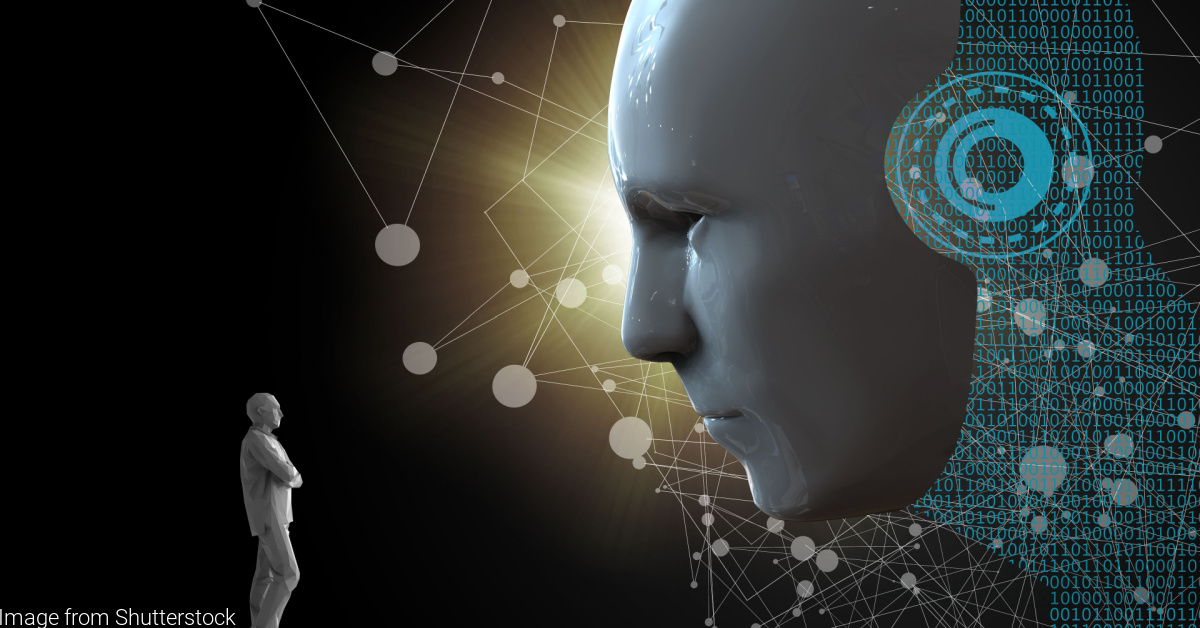The Concept of Artificial General Intelligence
- July 11, 2023
- Posted by: Aanchal Iyer
- Category: Artificial Intelligence

Machine Learning (ML), Natural Language Processing (NLP), and other AI tools can perform tasks that one could never think of a few years ago. It is much more challenging to differentiate between AI and real intelligence. However, can machines ever be as smart as humans?
“AI” is an umbrella term. Under AI, there are various forms of AI that can perform exclusive tasks or have specific capabilities. One of these types is Artificial General Intelligence, a type of AI that imitates human performance and learning abilities.
What is Artificial General Intelligence?
AGI is AI that learns, behaves, and performs tasks in the same way as humans. This technology can perform a wider array of tasks than artificial narrow intelligence can and could take over tasks that only humans could perform earlier.
AGI which learns and thinks as humans do is not quite there yet; however, work in the AI space is bringing AI closer to human intelligence. With this, the concept of intelligence itself is being transformed.
AGI technology is a work in progress, but a world where it is common is getting more real with each passing day.
AGI systems can definitely perform a task with greater efficiency than humans only for an individual function assigned, while it has zero capability to perform a task that has not been assigned to it.
If we go by Mckinsey research on how imminent is AGI, there is a strong chance that human-level intelligence can be achieved by the next decade
On the contrary, there are several researchers who discard this possibility and opine that there’s a long way to go for AGI to come close to human intelligence. One of the reasons to believe so is the fact that maybe a human performs the task with less proficiency than AI but can perform a broader range of functions than any of the existing AI applications today.
More on AGI
AI is categorized depending on the ability to mimic human characteristics. All AI systems fall into one of the following three types:
- Artificial general intelligence (AGI) -On par with human capabilities.
- Artificial narrow intelligence (ANI) – Narrow range of abilities.
- Artificial superintelligence (ASI)-More capable than a human.
Following are some of the best examples of AGI:
- Self-driving cars and supercomputers
- Smart assistants (such as Alexa and Siri)
- Disease mapping and prediction tools
- Optimized, customized healthcare treatment recommendations
- Drone and manufacturing robots
- Conversational bots for customer service and marketing
- Robo-advisors for stock trading
- Spam filters on email
- Social media monitoring tools
- TV show suggestions from Netflix and Spotify
Advantages and Risks of AGI
AI technology is progressing in leaps and bounds and AGI is sure to transform life as we know it. This transformation will result in huge benefits for society.
AGI will be able to scan information pre-existing in different places to solve some of the world’s most challenging problems.
One of the biggest fears that most have about AGI is that it may surpass humanity and result in many jobs being obsolete. However, while AGI will automate various tasks and jobs, it does not all mean bad news. This is a natural fear among people whenever there is a major technology introduced.
AGI, for all its potential advantages, comes with certain risks too. Though AI has machine precision, it isn’t immune to human error.
Within narrow AI, there are already issues of biased data. This can result in AI making erroneous or discriminatory decisions.
Takeaway
AI will take some time to reach the AGI and superintelligence stage. However, the transition has definitely begun, and most organizations are incorporating AI to better sales, and forecasts, and also for growth opportunities. Artificial General Intelligence is a thrilling buzzword since it is either a huge promise or also a scary threat. As with any other technology, it needs to be utilized with caution.
